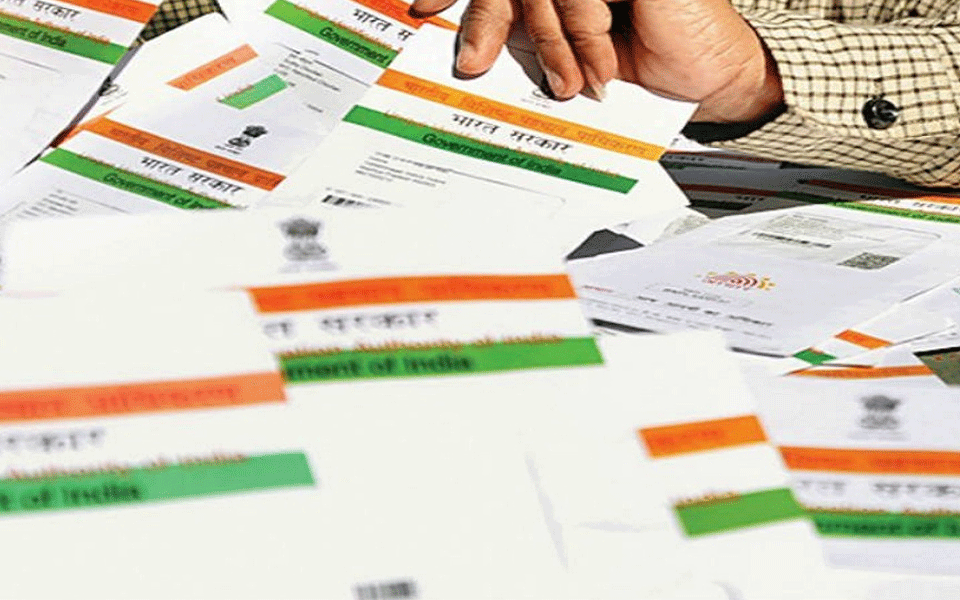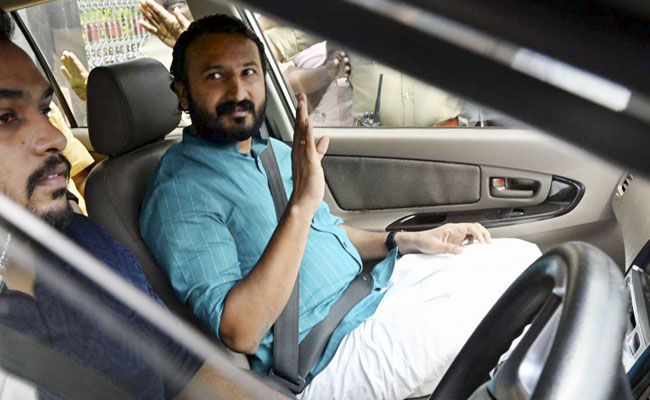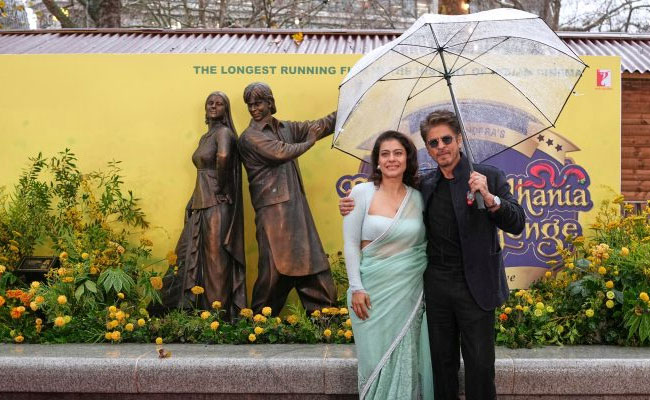In one of his campaign speeches, Prime Minister Modi has said though his party is all set to digitize India through technology-empowerment the opposition parties are opposing to that tooth and nail. As usual, the Prime Minister has only spoken the half-truth in this matter. Yes, some of the most technically-informed and sound minds are opposing across-the-board implementation of Aadhar without adequate preparation. And while they are at it, what they are opposing is not the Aadhaar itself, but the misuse of Aadhaar and related data by the agencies which may implement it without full preparation. People are definitely concerned about those forces which are bound to misuse the data from the nation that can be accessed through Aadhaar, to destabilize the democracy that holds it together.
Aadhaar has been in news in the recent times owing to data breach on various fronts through many agencies. Even the Supreme Court has not been able to come to a definite decision on implementation of Aadhar since the court also has apprehensions about the full impact of this. And the central government has been unable to provide satisfactory answer to the concerns raised by the Supreme Court. When the issue is still being debated, how can the Prime Minister harp about Aadhaar being his government’s ambitious step towards implementation of technology?
The 12 digit biometric identity tool Aadhaar has been mired in some controversy or the other ever since it was started in 2009 by the central government. Social activists and digital experts have been raising the security and privacy concerns the system possesses since the very beginning. Agencies of the central government have now made mentioning of Aadhar number compulsory for the beneficiaries of social welfare schemes and filing of tax returns.
Though this has been done despite the issues that remain unresolved, the apprehensions of data relating to Aadhar being collected by third party which can misused, is not without any concrete basis. In the last two years, the Aadhar data has been leaked twice on a massive scale. And some reports have even proved Aadhar data can be bought by third party vendors for a price. Central government itself has admitted that it had provided wrong direction to people about the government’s insistence of attaching Aadhar number to the mobile number.
In his report, independent researcher Kodalli Srinivas had documented about the Aadhar numbers being revealed by Andhra government in 2015-18 of 20,71,913 mothers including those who had their first child. As a response to this, Andhra government has initiated an enquiry jointly with the central government agencies, and verification of various state government websites pertaining to the security features.
The Business Standard magazine had reported last week that the EPFO website was being hacked and data theft had taken place. As a result of this, many websites that help attach Aadhar number to this welfare scheme have been shut down since the last month and half. In Telangana, the website that had details of the State Government Treasuries was being hacked and data relating to account number and Aadhar numbers of the 2.5 lakh beneficiaries were stolen. On earlier occasions, the details of senior beneficiaries that were stolen had created a lot of problems. About 300 Hyderabadis had their data breached owing to weak security systems. In the recent times, the central government in an interview to an English daily had mentioned that the central government had provided wrong information about linking mobile sim with Aadhar to continue with the services as per the Supreme Court rules.
Justice D Y Chandrachud, who is on the bench that’s hearing the Aadhaar security case, had criticized the central government over this stating the central government had ‘used’ SC as a tool to the mobile users to part with their Aadhar number. Before crying victim on Aadhar implementation, the Prime Minister and his team have to answer the genuine concerns raised by experts and citizens on the data safety and security. Any hasty implementation of this most significant tool can be a massive misuse of technology and this would lead to worst results.
Let the Truth be known. If you read VB and like VB, please be a VB Supporter and Help us deliver the Truth to one and all.
Thiruvananthapuram (PTI): A Special Investigation Team (SIT) has been constituted to probe a second case of sexual assault against expelled Congress MLA Rahul Mamkootathil, police officials said on Friday.
The SIT will be led by G Poonguzhali, Assistant Inspector General at the Police Headquarters.
The team also includes a DSP rank officer and sub-inspectors, officials added.
The second sexual assault complaint was received by the Kerala Pradesh Congress Committee, which it forwarded to the state police chief.
ALSO READ: Cong expels rape-accused MLA Mamkootathil from party's primary membership
Following this, the Crime Branch registered a case and launched an investigation.
Crime Branch officials said the email complaint contained only the sender's email ID and no other contact details.
As part of the probe, they have sent a reply email requesting that the complainant contact them and provide her statement.
The complainant has alleged that she was sexually assaulted under the false promise of marriage, a Crime Branch official said.
However, details such as the location and date of the alleged incident are not currently available to the police.
The SIT will attempt to trace the sender of the email and record her statement, which is crucial for further investigation, the officer said.
Mamkootathil was expelled from the Congress party on Thursday after a court here rejected his anticipatory bail petition in another rape case.
Police said he is currently absconding, and a manhunt is underway in Kerala and neighbouring states.





